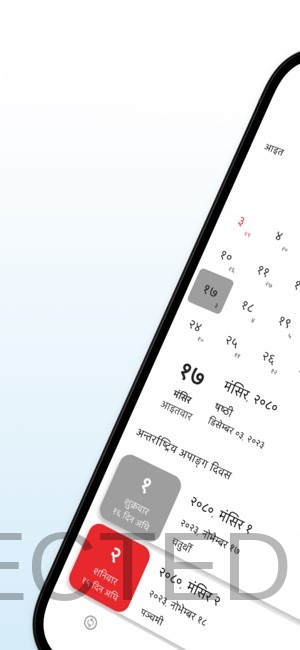| TABLE 2 LUNAR FORTNIGHTS | ||
| Month | Newari | Sanskrit |
| October/November | Kachalathwa | Kartika |
| November | Kachalaga | |
| November/December | Thi(n)lathwa | Marga |
| December | Thi(n)laga | |
| December/January | Pohelathwa | Pausa |
| January | Pohelaga | |
| January/February | Sillathwa | Magha |
| February | Sillaga | |
| February/March | Cillathwa | Phalguna |
| March | Cillaga | |
| March/April | Caulathwa | Caitra |
| April | Caulaga | |
| April/May | Bachalathwa | Vaisakha |
| May | Bachalaga | |
| May/June | Tachalathwa | Jyestha[*] |
| June | Tachalaga | |
| June/July | Dillathwa | Asadha |
| July | Dillaga | |
| July/August | Gu(n)lathwa | Sravana[*] |
| August | Gu(n)laga | |
| August/September | Ya(n)lathwa | Bhadra |
| September | Ya(n)laga | |
| September/October | Kaulathwa | Asvma |
| October | Kaulaga | |
| “Thwa ” is the waxing fortnight, ending with the full moon. “Ga” designates the waning fortnight, ending with the new moon. |

The light or waxing fortnight (Thwa ) of the lunar month (La ) of Kacha, which is preceded by Kachalalaga, the dark fortnight (Ga ) of the month of Kacha, is the first lunar fortnight of the lunar year, Kachalathwa. Table 2 shows Newar‘s Lunar fortnights, their Sanskritic corresponding months, and their estimated Western year correspondences. The intercalary Era, which must be inserted every third year to change the Lunar to the Solar year and has no effect on the ritual calendar, is not included in the table.

Punhi refers to the full moon day that concludes the light lunar fortnight (the first half of the month), while Amai refers to the dark or new moon day that concludes the dark fortnight. Ordinal numeric Sanskritic names are assigned to the other days of each lunar fortnight. except for the fourteenth day of the dark fortnight, whose Sanskrit name of Chaturdasi is normally replaced by the Newari word “Cha:re “. Tithi refers to the lunar days. While their period varies (between 21.5 and 26 hours), they are planned to correspond to ordinary solar days for the most part.
The Solar year has twelve months, which is of much less significance for the ritual cycle. These months have the same names as the Lunar months, but there is a tendency to use the Sanskritic forms more frequently. The Solar year’s days begin at sunrise, gate. They are structured in a 7-day week that comes from the same sources as the Solar calendar in general, sharing some of the same astral references as the Western days of the week. The need to relate Solar and Lunar years on occasion necessitates a complicated collection of rectifying conventions that are not applicable here.

Congratulation!